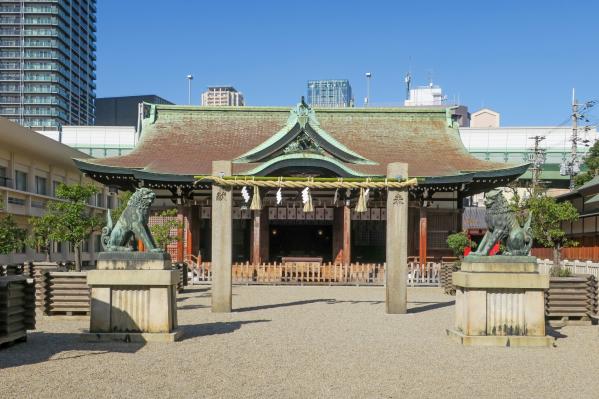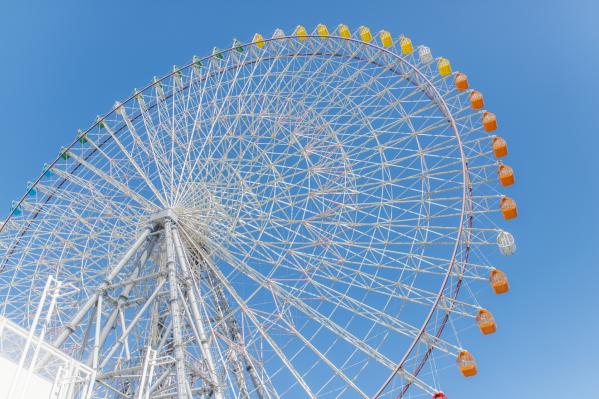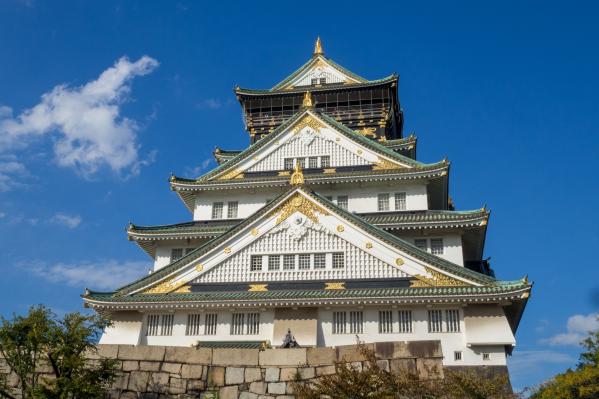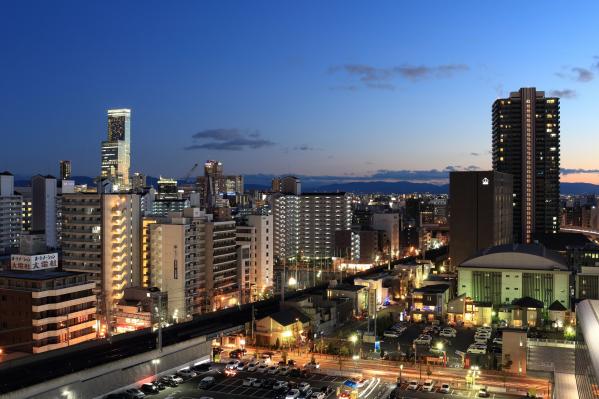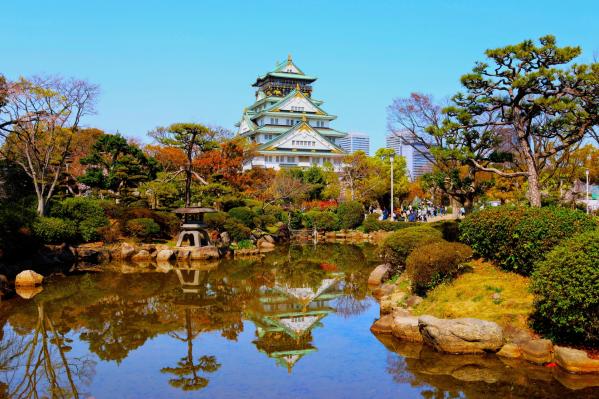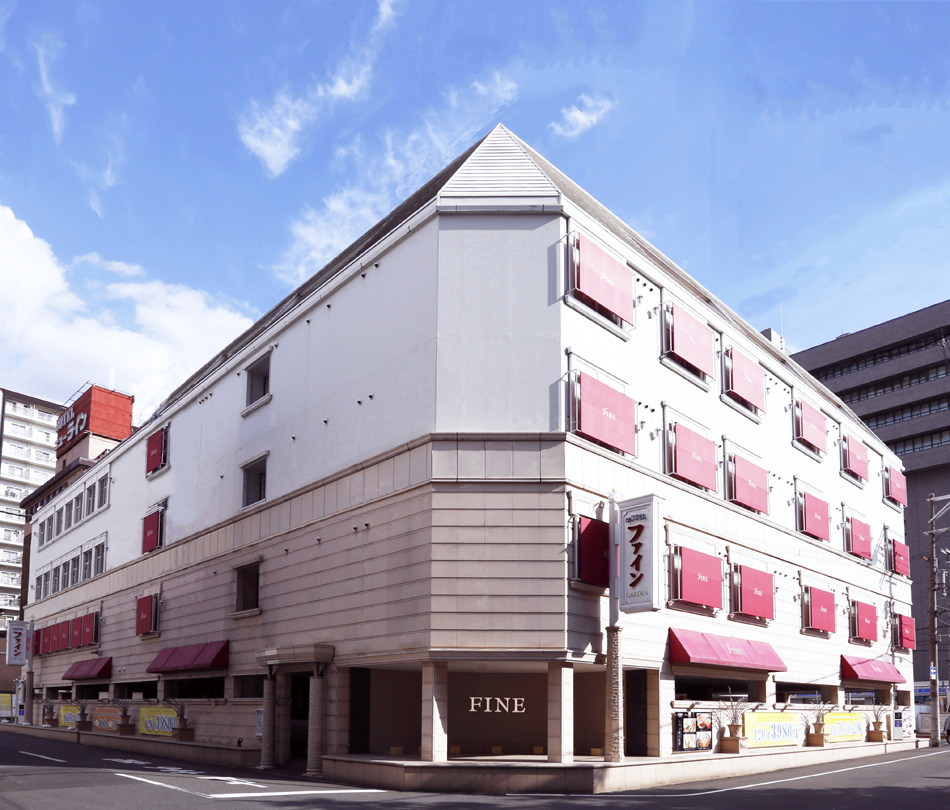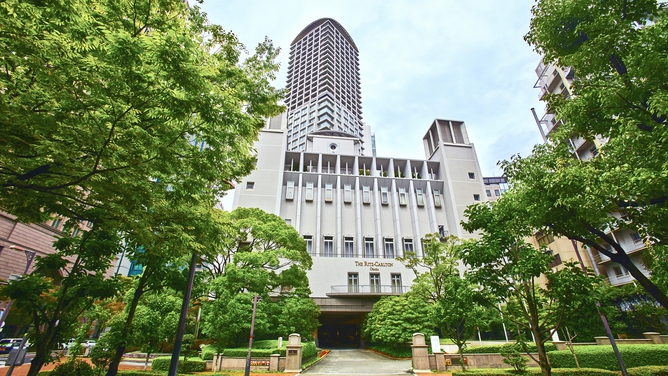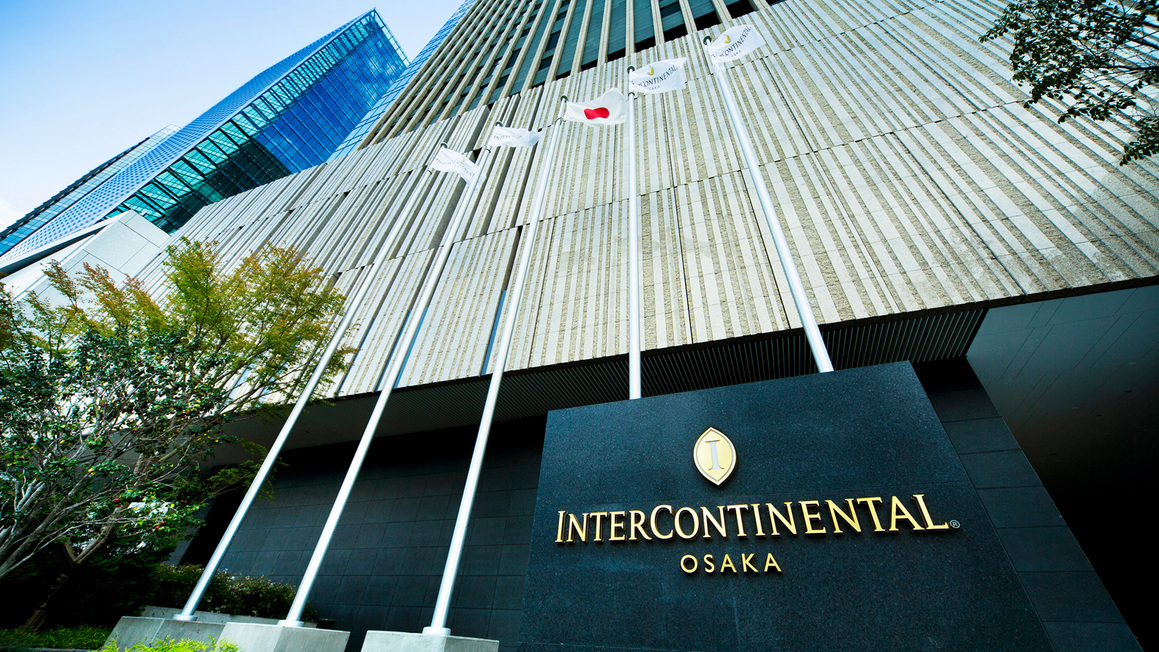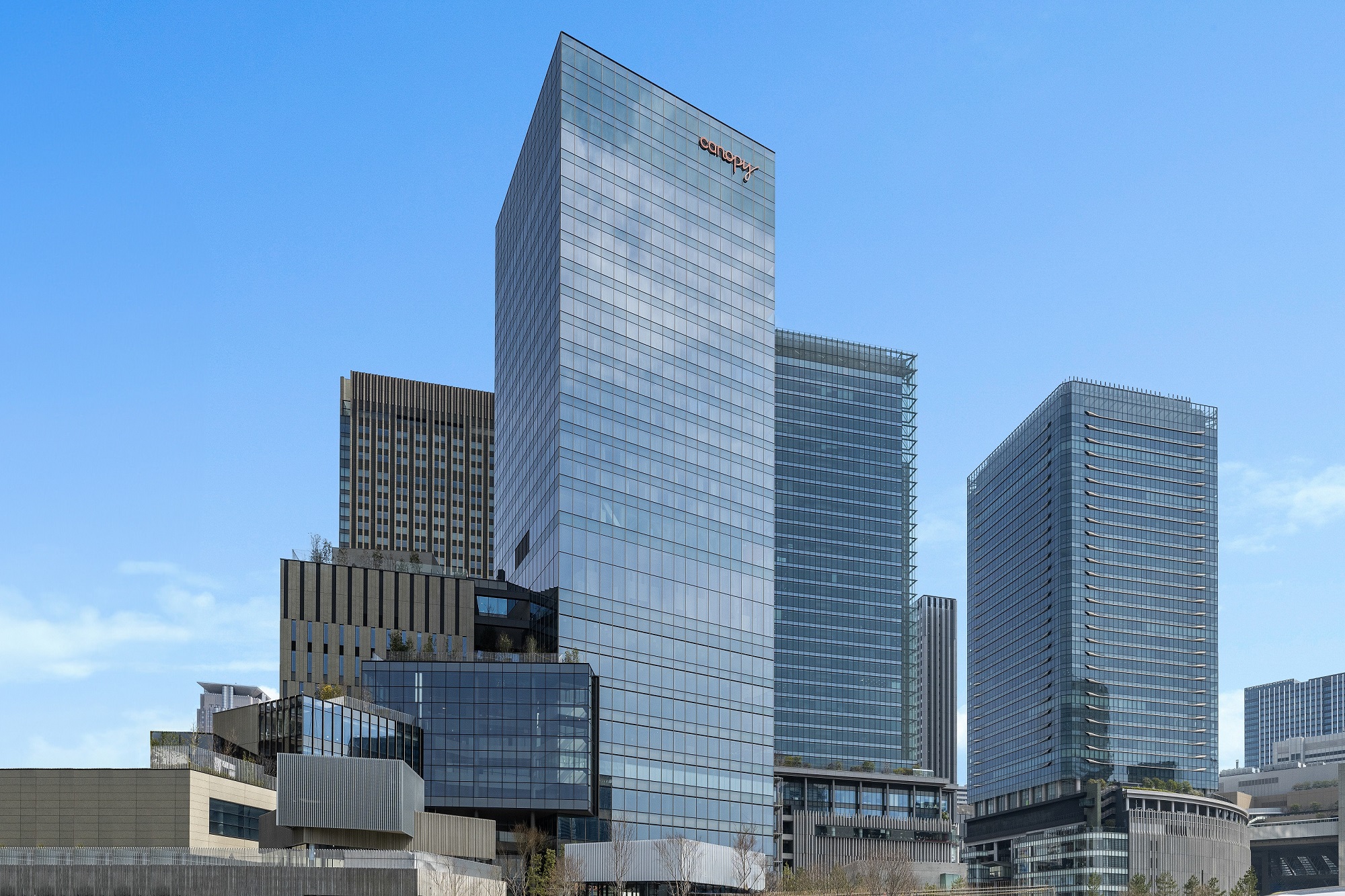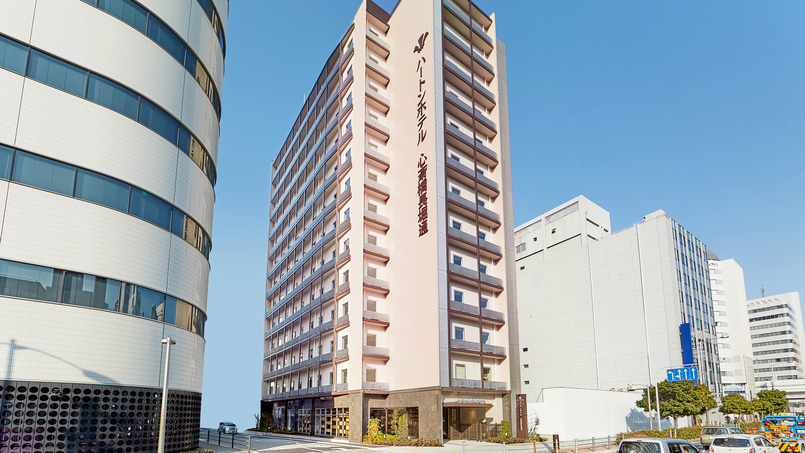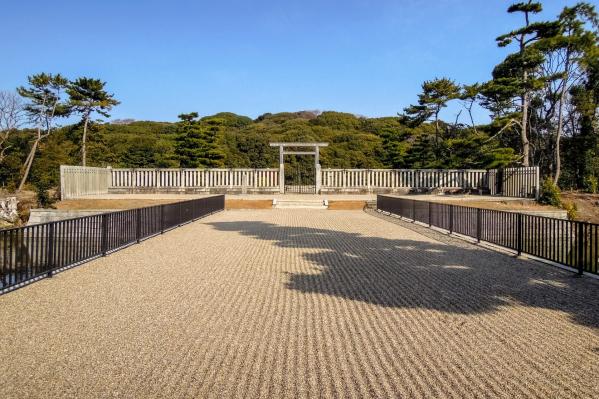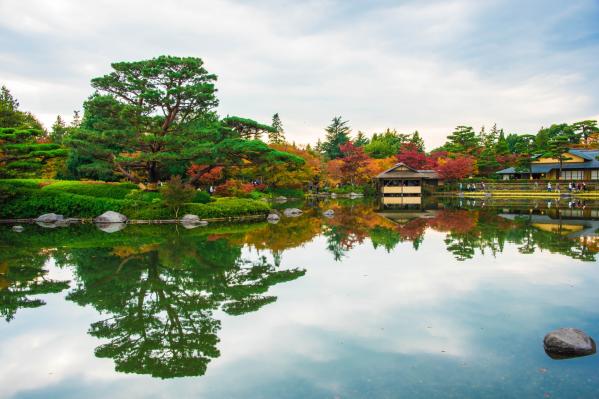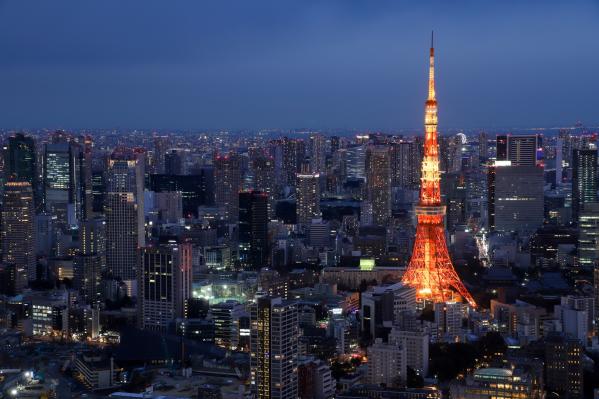Osaka Tenmangu Shrine
Basic Information
- Spot Name
- Osaka Tenmangu Shrine
- Location
- 〒530-0041 2-1-8 Tenjinbashi, Kita Ward, Osaka City
- Access
- If you exit at Minami-Morimachi Station on the Osaka Metro Tanimachi Line or Sakaisuji Line, take Exit 4 and immediately head right (south) along the Tenjinbashi-suji Shopping Street. Turn left at the second intersection and proceed about 50 meters.
If you exit at Osaka Tenmangu Station on the JR Tozai Line, take Exit 7 (East-West Line Access Building) and immediately head left (south) along the Tenjinbashi-suji Shopping Street. Turn left at the second intersection and proceed about 50 meters. - Parking
- Parking available
- Business Hours
- 9:00 AM to 5:00 PM
- Regular Holiday
- Open year-round.
- Fees
- Admission is free.
- Contact Information
- Phone Number:06-6353-0025
- Official Website
Map
Detailed Information
Osaka Tenmangu Shrine is located in Tenma, Kita Ward, Osaka, and is affectionately known as "Tenman no Tenjin-san." The main deity enshrined here is Sugawara no Michizane, who is revered as the god of learning, and it is said that the shrine was established in the 3rd year of Tenryaku (949 AD).
Originally, there was a shrine called "Daisyougun Shrine," built in the first year of Hakuchi (650 AD) by Emperor Kōtoku to protect the Naniwa Nagara Toyosaki Palace. In the first year of Engi (901 AD), it is said that Michizane visited this shrine while being transferred to Dazaifu and prayed for a safe journey. Later, after Michizane's death, a series of disasters occurred in the capital, prompting Emperor Murakami to build a shrine in front of Daisyougun Shrine to appease his spirit, marking the beginning of Osaka Tenmangu Shrine.
Since then, it has been revered as the guardian deity of Tenma, bringing a wide range of benefits related to education, performing arts, warding off misfortunes, and healing illnesses. Especially during the exam season, it becomes bustling with many students coming from all over the country to pray for success.
The current main hall was rebuilt in the 14th year of Tenpo (1843) after suffering numerous fires. Notably, the entire grounds were burned down during the Daishō Heihachirō Rebellion in the 8th year of Tenpo (1837), but thanks to the efforts of the parishioners and devotees, it was restored to its current state. Additionally, the "Baika-den," built in commemoration of the grand festival in the 15th year of Taisho (1926), is an elegant structure modeled after the shinden-zukuri style of the Heian period and is also designated as a registered tangible cultural property.
In the northwest of the grounds, there is a subsidiary shrine, "Daisyougun Shrine," which is believed to be the place where Michizane actually stopped by. On New Year's Day, before the "Saidan-sai," a unique ritual called "Futsugyou-sai" is held, during which a land rent referred to as "so" is paid, continuing a distinctive tradition to this day.
Furthermore, the "Tenjin Matsuri," held annually in July at Osaka Tenmangu, is widely recognized as one of Japan's three major festivals and boasts a history of over a thousand years. It begins with the "Hokuryu Shindai" held in late June, followed by the land procession "Rikuto-gyo" on July 24, and on July 25, over 100 boats sail down the Okawa River in the "Funato-gyo." In the evening, about 5,000 fireworks are launched, marking the festival as a significant summer event in Osaka, attracting over 1.3 million visitors from both domestic and international locations each year.
Thus, Osaka Tenmangu Shrine is a sacred place with a long history and rich traditions, deeply rooted in the faith and lives of many people today.
Osaka Tenmangu Shrine Movies
Osaka Tourist Attractions
View ListImamiya Ebisu Shrine
Imamiya Ebisu Shrine is a beloved temple in Osaka, known as the "god of prosperous business." It is said to have been established during the reign of Empress Suiko w...
The National Museum of Art, Osaka
The National Museum of Art, Osaka is uniquely located in Nakachō, Osaka, and is a rare "completely underground" art museum. Opened in 1977, it was originally located...
Tenpozan Ferris Wheel
The Tempozan Ferris Wheel, located about a 5-minute walk from Osakako Station and next to the Osaka Aquarium, is one of the largest Ferris wheels in the world, stand...
Osaka Castle
Osaka Castle is an important architectural landmark deeply connected to Japan’s history. It started as the predecessor of the Osaka Honganji Temple (Ishiyama Honganj...
Cup Noodles Museum Osaka Ikeda
The Cup Noodles Museum Osaka Ikeda is a unique facility where you can experience the history and culture of instant ramen, the birthplace of this iconic food. In 195...
Namba Parks
Opened in 2003 on the site of the former Osaka Stadium, "Namba Parks" has gained attention as a new landmark in the Minami area of Osaka. In 2007, the T-terrace and ...
Osaka Castle Park
Osaka Castle Park is a vast urban park with an area of approximately 105.6 hectares, located in the center of Osaka City. Within the park, you can find the main towe...
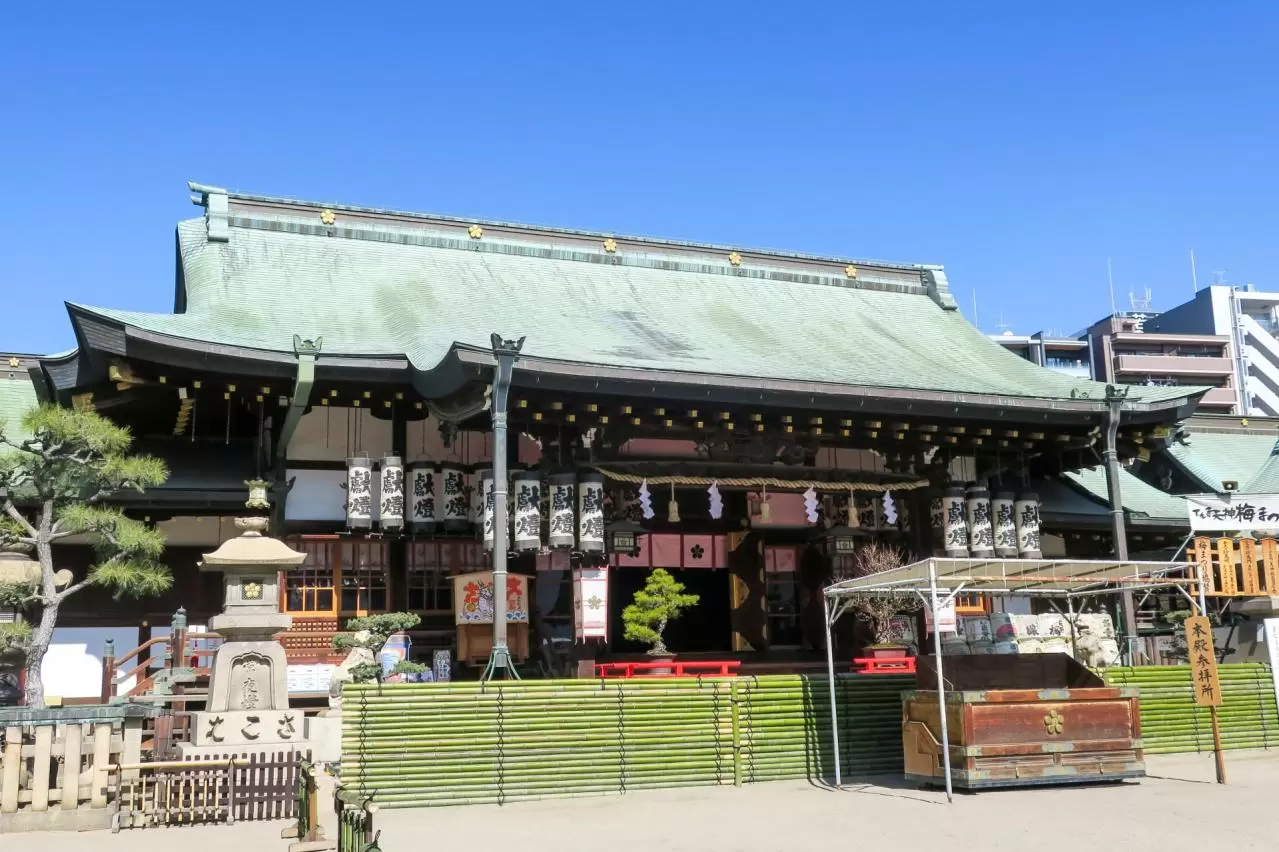
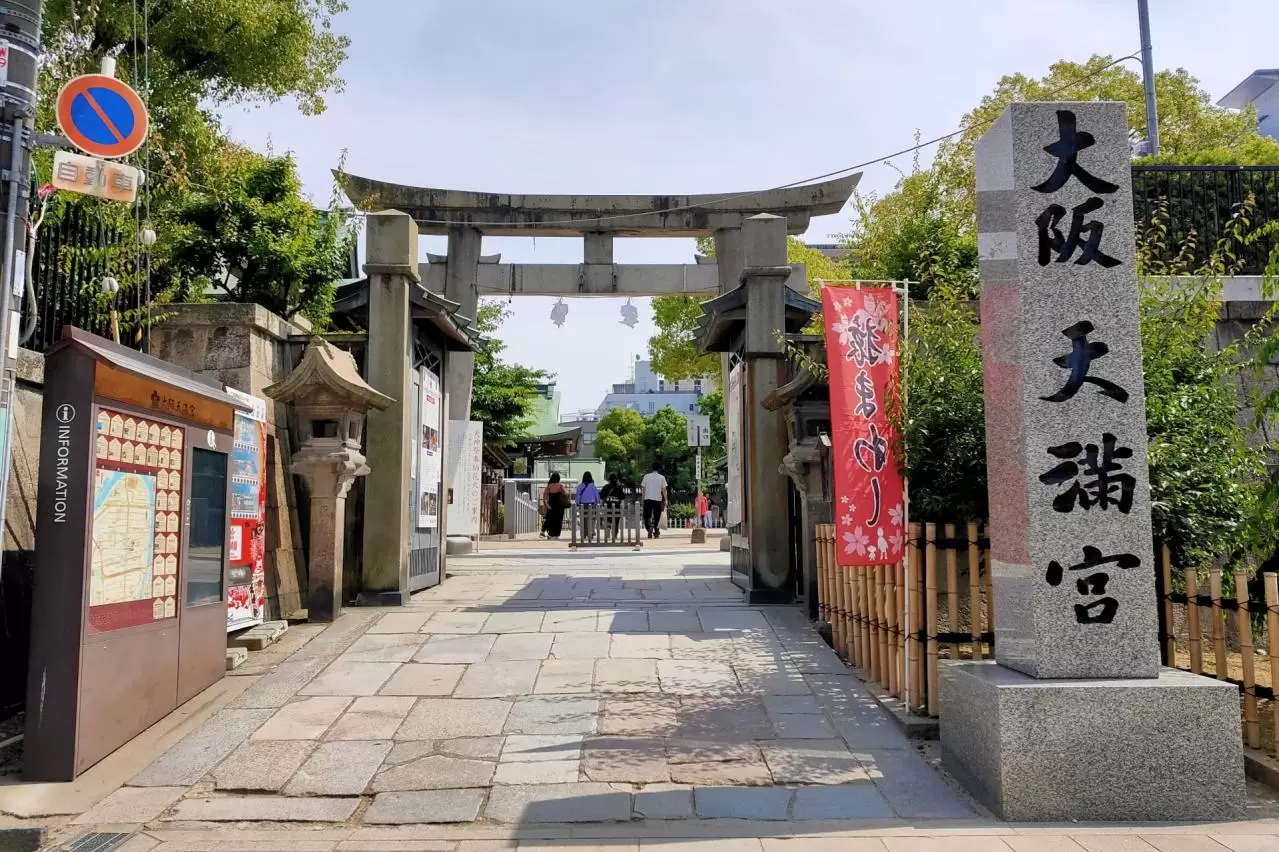

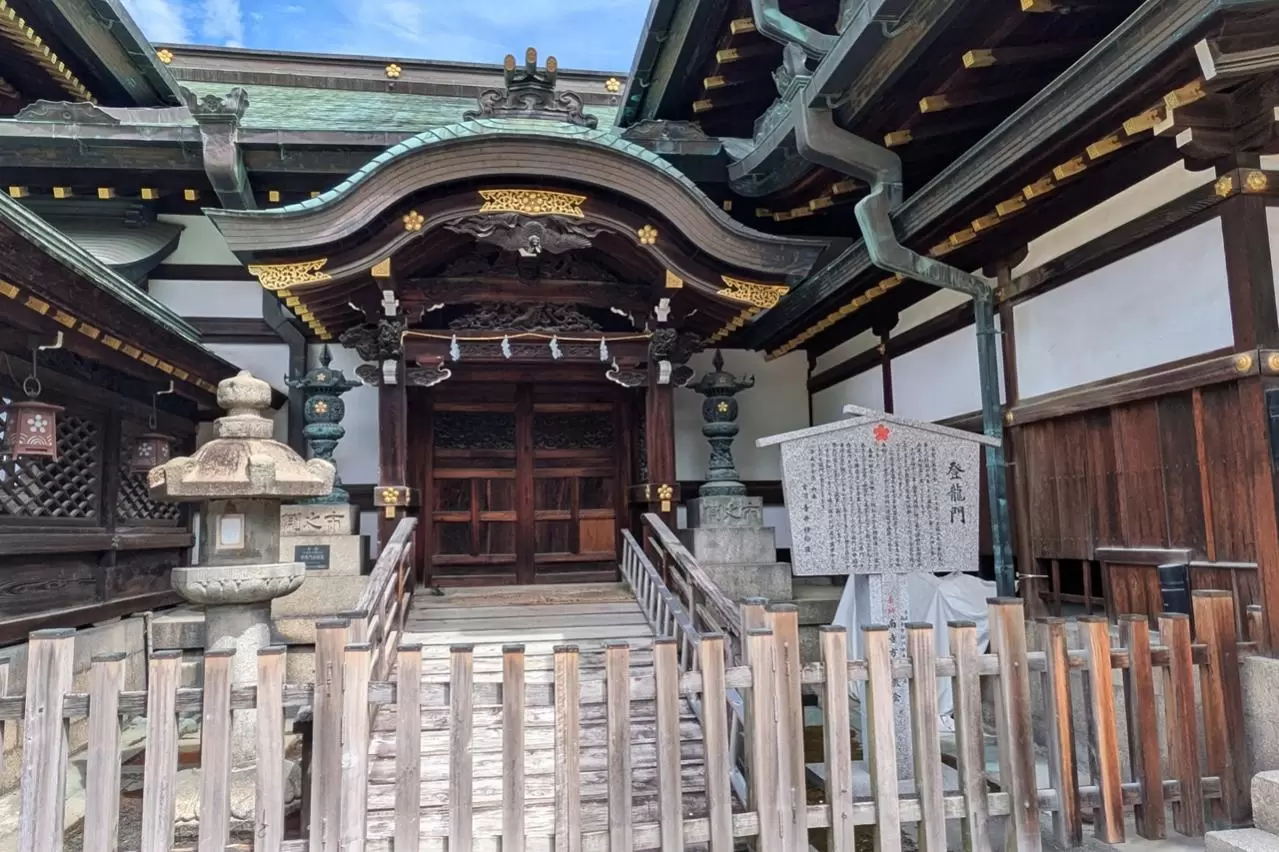
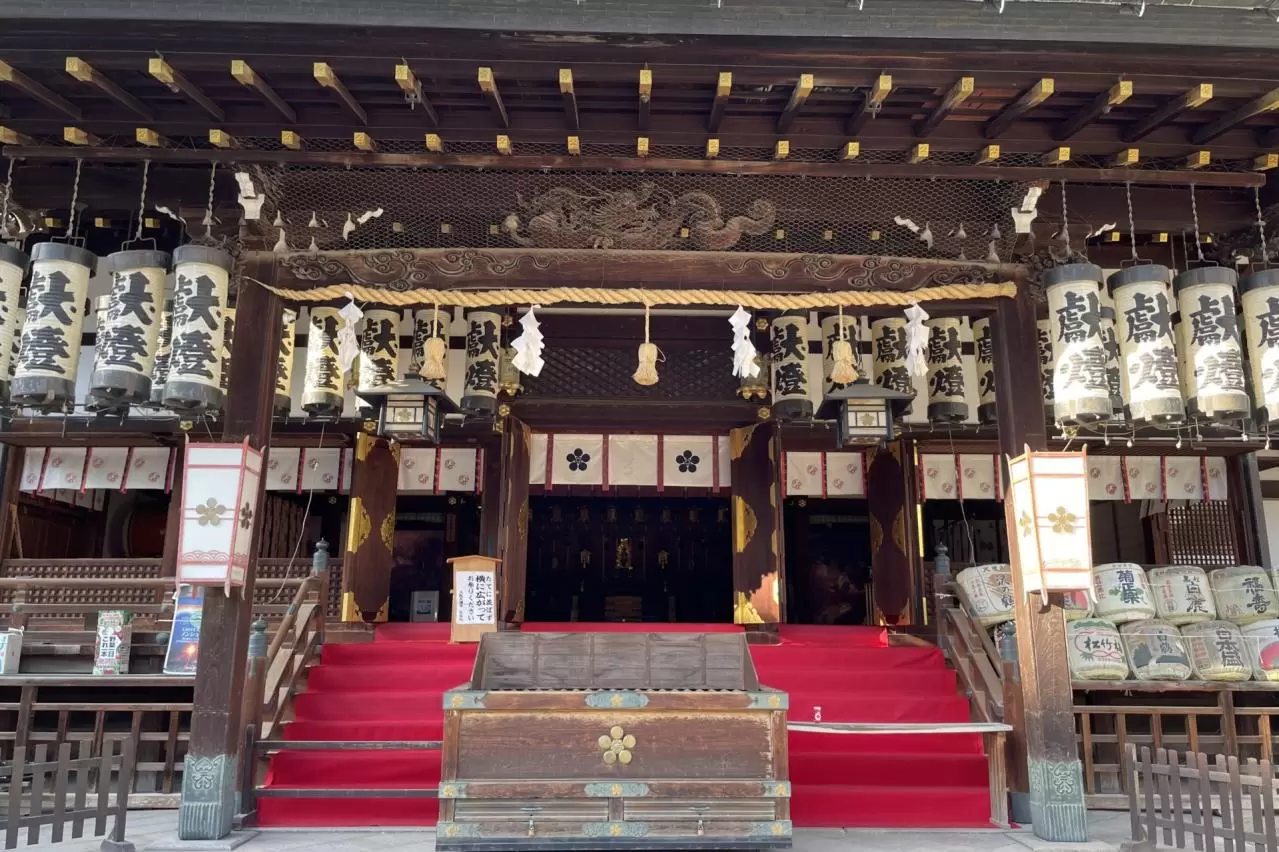
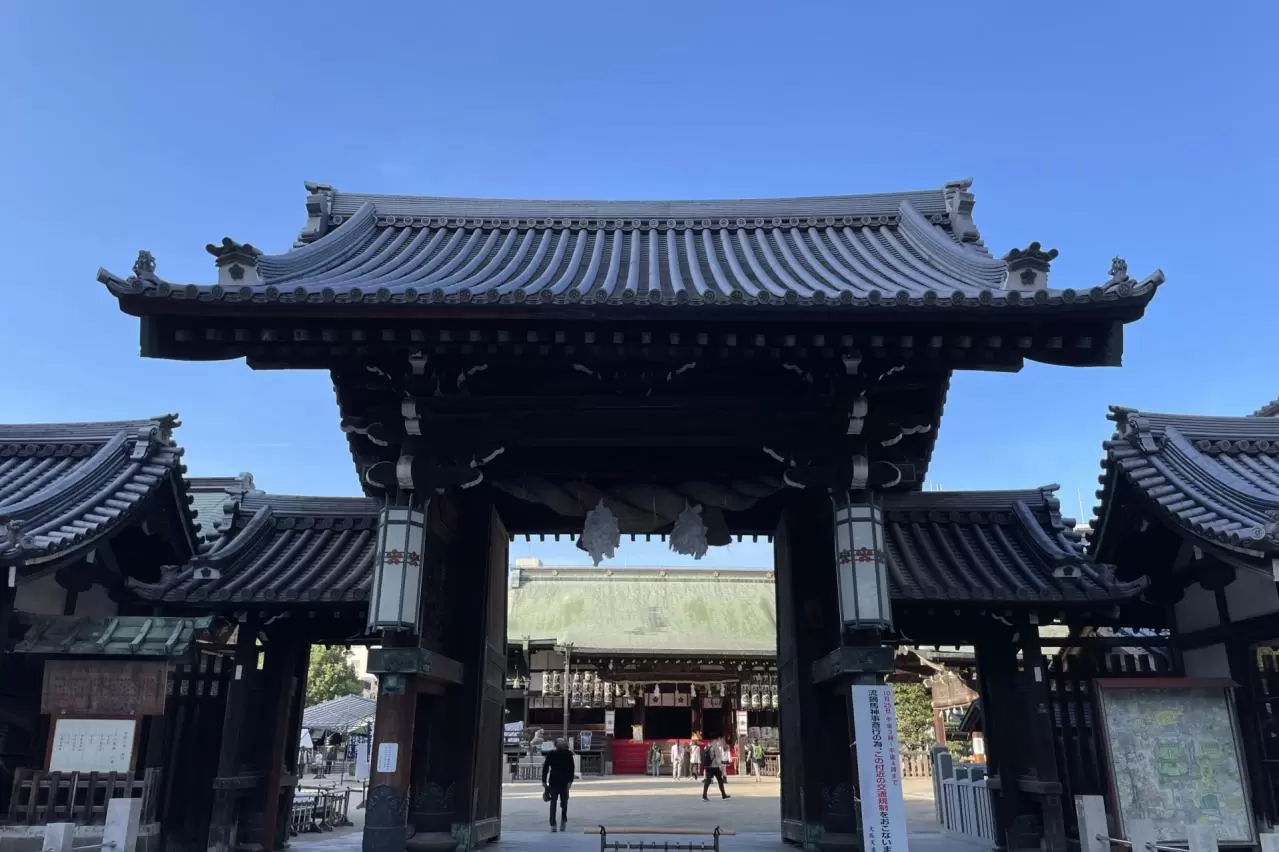
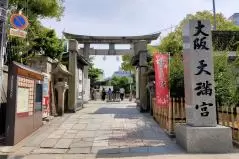
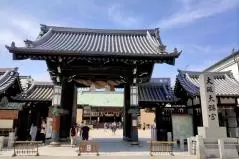


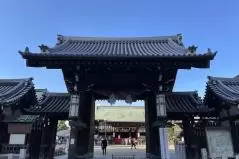
![【大阪天満グルメ】グルメウォーカー推奨❗️天満おすすめグルメ店特集3 [Osaka Tenma] Recommended gourmet food](https://i.ytimg.com/vi/dIZHU50shWg/mqdefault.jpg)







